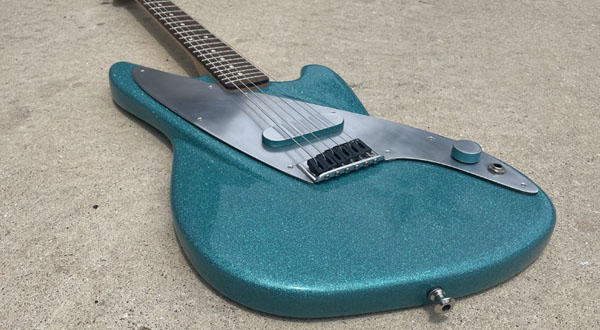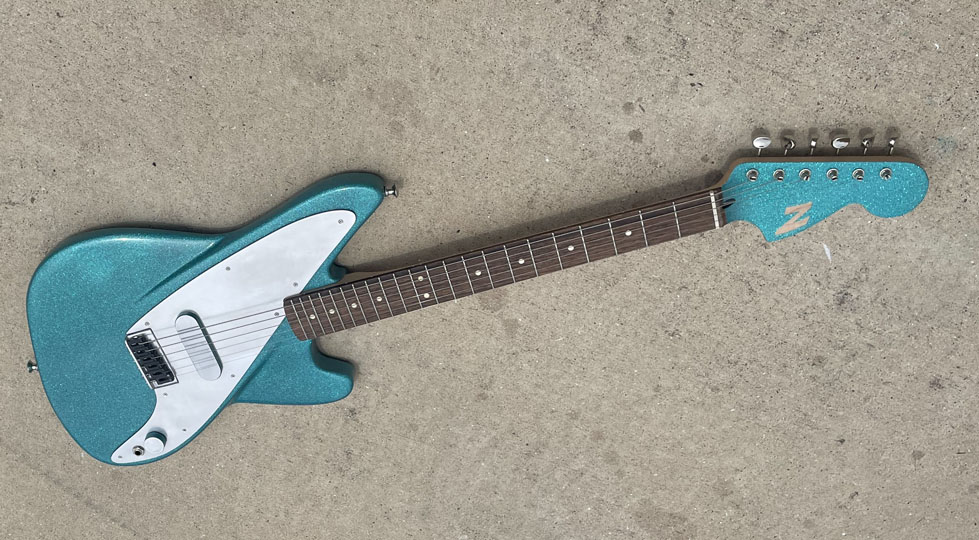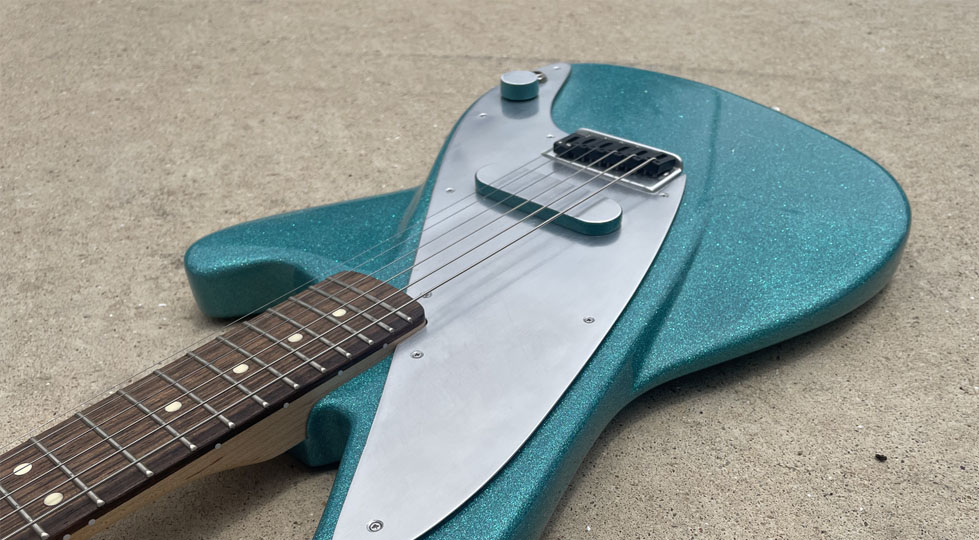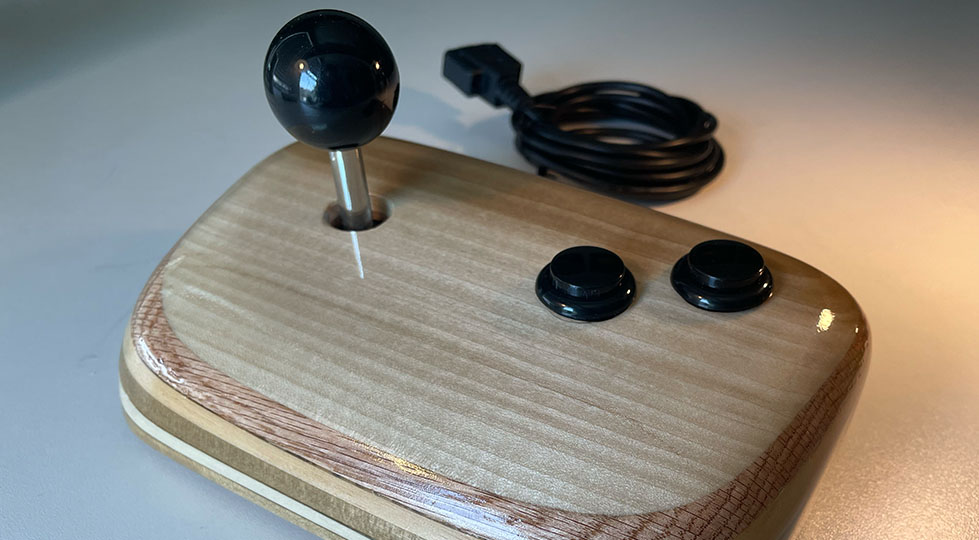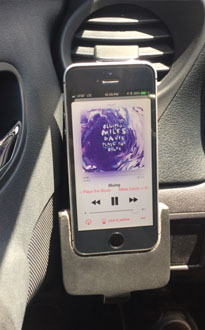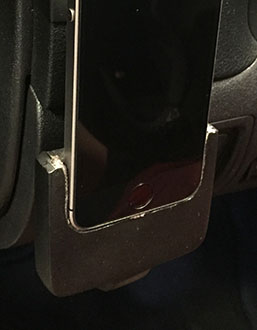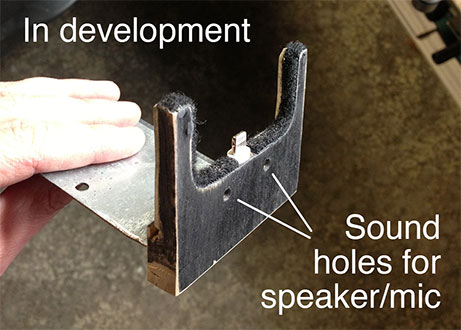Electric Guitar
After never being completely satisfied with available mass-production guitar designs, I began a project to design the perfect electric guitar for my own personal use.
I had several goals:
1. The guitar must look awesome.
2. The weight and balance must lend themselves to easy use on stage.
3. The electronics must sound good and the controls must work reliably.
4. Money must be saved where possible without sacrificing the end product and experience.
5. A sparkle turqouise finish makes everything cooler, so use it.
The Thought Behind the Overall Design
I love the general Fender electric guitar aesthetic. I have owned several Fender guitars, and still own and play two. But none of them were ever quite perfect. I wanted to see just how close I could get to "perfect" without spending thousands of dollars at the Fender Custom Shop.
The Neck
I have no complaints with most Fender neck designs, but none of the body shapes or control and pick guard layouts ever hit the sweet spot for me. This led me to start with a classic Fender Mustang neck, which has the 24-inch scale length I prefer and a great-looking headstock shape. Done deal.
The Electronics
For the electronics, however, I needed to take the custom route.
Most electric guitars come from the factory with more than one pickup (the electronic component which, through a few fun physics tricks, turns string vibrations into sound). These pickups usually use some combination of knobs and switches to modify their output and produce a wide variety of sounds. This makes a single guitar quite versatile.
In my experience, extra switches a knobs simply get in the way while playing a guitar on stage. And I found that I, personally, always found one setting for my instrument's pickups that worked well for me, and I left it there forever.
My goal was to eliminate all switches and tone knobs. A master volume knob, however, could be quite useful, so that made it into the design.
I based all of the electronics around my favorite electric guitar pickup of all time: the original Seymour Duncan Hot Rails. I already used these pickups in two of my guitars, so I knew their capabilities well. And I also knew that a simpler signal path, completely bypassing any tone adjustment knobs, would provide a beautiful, biting sound that was just perfect for the type of music I was playing at the time.
I used a single Hot Rails through a volume knob. That's it. Straight to the amp. No muffling tone knobs, and no switches to activate accidentally.
The Body
This is the part of the project where I could play around the most. I started with a big block of poplar wood, designed my own custom shape, and started cutting, routing, and carving. More details coming soon. It's a very 3D design, with a sort of pretzel-like effect with the upper and lower horns wrapping around on each other.
The bridge is cut from a chunk of aluminum, and the pickguard is also made from aluminum with a layer of plexiglass glued underneath for a really cool look. The odd shape of the pickguard was designed based on the pick scuff patterns on my other guitars, so on this design, my pick never hits the painted part of the body.
I've played this guitar live on stage and on recordings for years, and I always get questions from other players wondering where I "found" such a cool guitar.
